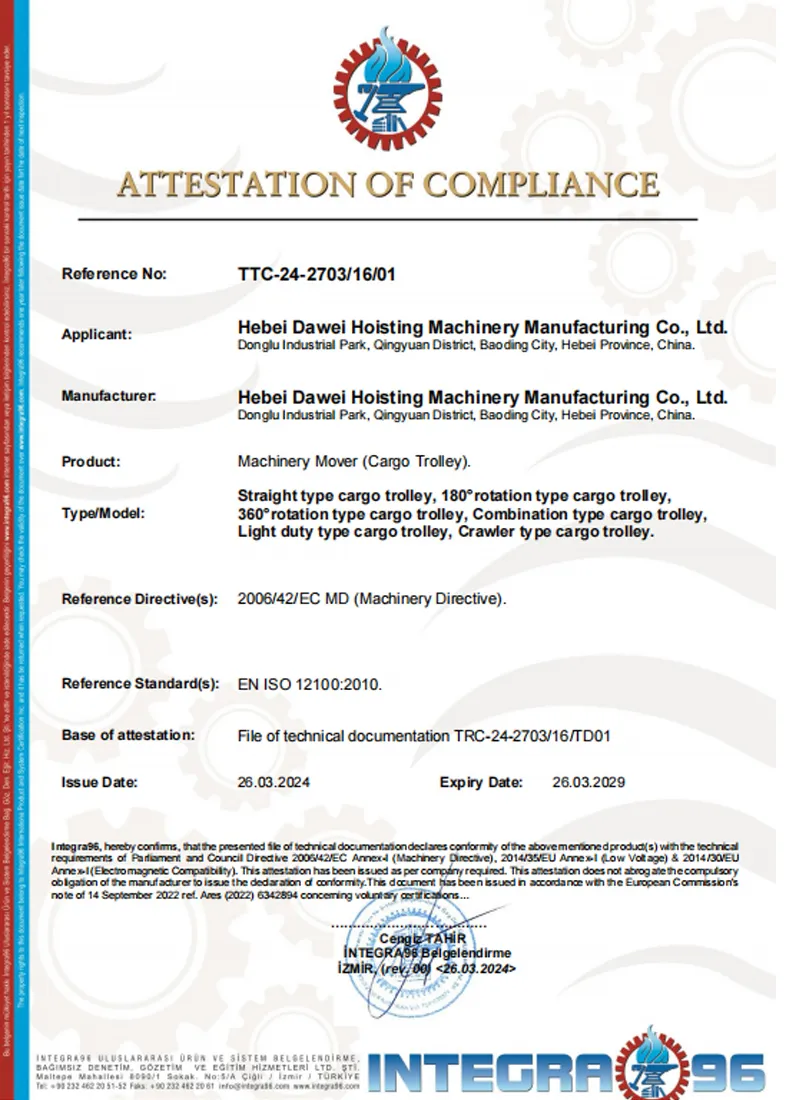Magnetic Lifting Technology for Efficient Material Handling Solutions in Various Industries
Magnetic Lifting Devices Revolutionizing Material Handling
In the modern industrial landscape, efficiency and safety are paramount. One of the most innovative tools that have emerged to meet these needs is the magnetic lifting device. This technology plays a crucial role in the handling and movement of ferrous materials, offering several advantages over traditional lifting methods.
Magnetic lifting devices use powerful magnets to lift and move heavy metallic objects without the need for chains or slings. These devices are particularly effective for transporting steel sheets, pipes, and other ferrous materials in factories, warehouses, and construction sites. The principle behind these devices is based on electromagnetism. When an electric current flows through the coil of the magnet, a magnetic field is generated, allowing it to securely lift and manipulate the load.
One of the primary benefits of magnetic lifting devices is their speed and efficiency. Traditional lifting methods often require multiple operators and extensive rigging, which can slow down operations. In contrast, magnetic lifters can be operated by a single person, significantly reducing labor costs and minimizing the time required for material handling. This allows workers to focus on other tasks, enhancing overall productivity.
magnetic lifting device

Safety is another critical advantage of using magnetic lifting devices. With conventional lifting methods, there is always a risk of slippage or dropping the load, which can lead to accidents and injuries. Magnetic lifters provide a secure grip on the material, reducing the likelihood of accidents. Additionally, many devices come equipped with safety features, such as built-in locks that engage when the load is lifted, providing an extra layer of security.
Moreover, magnetic lifting devices are versatile and can be used in various industries. Whether in manufacturing, construction, automotive, or shipping, these tools are adaptable to different applications. They come in various sizes and lift capacities, making them suitable for both small and large-scale operations. This versatility extends to their design as well—some models are designed for indoor use, while others can withstand harsh outdoor environments.
However, it’s important to note that magnetic lifters are specifically designed for ferrous materials, so they cannot be used to lift non-ferrous metals like aluminum or copper. This limitation means that industries dealing with a wide range of materials may still need to rely on traditional lifting methods for specific tasks.
In conclusion, magnetic lifting devices represent a significant advancement in material handling technology. They offer enhanced efficiency, safety, and versatility, making them indispensable tools in many industrial environments. As technology continues to evolve, we can expect further innovations in these devices, enhancing their capabilities and expanding their applications. By embracing this intelligent solution, industries can improve their operational efficiency and maintain high safety standards, ultimately leading to greater productivity and success.
-
Unlock Seamless Relocation with Our Heavy Equipment Moving ExpertiseNewsJun.06,2025
-
Unleash Unrivaled Flexibility with Our Adjustable Gantry CraneNewsJun.06,2025
-
Unleash Heavy-Duty Efficiency with Our Industrial Gantry Crane SolutionsNewsJun.06,2025
-
Revolutionize Steel Handling with Our Magnetic Lifter RangeNewsJun.06,2025
-
Master Equipment Mobility with Premium Machinery Mover SolutionsNewsJun.06,2025
-
Elevate Your Material Handling with Magnetic Lifter TechnologyNewsJun.06,2025
-
YS Permanent Lifting Magnets: The Smarter Way to Handle SteelNewsMay.22,2025
